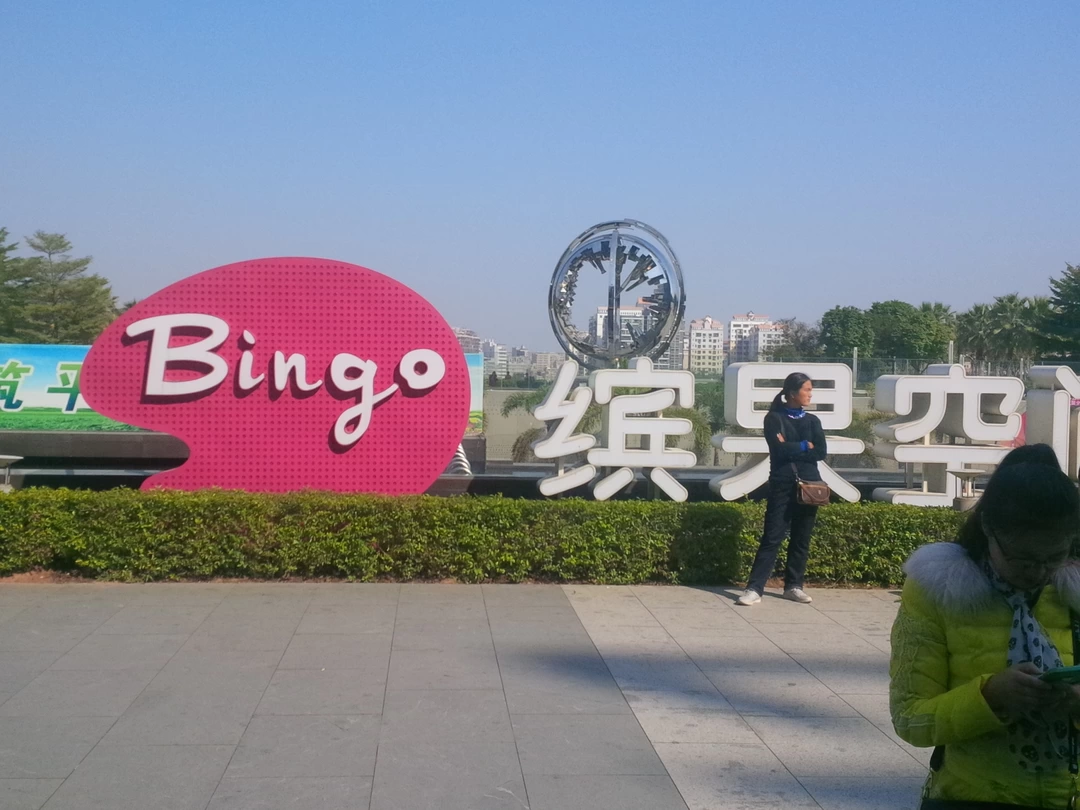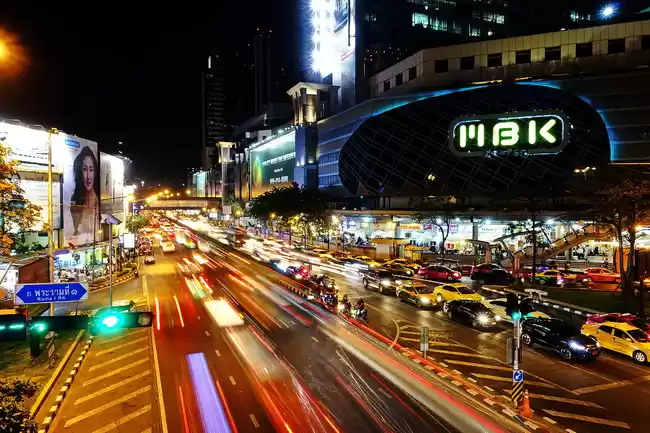Shenzhen Tourism and Travel Guide
Shenzhen (pronounced [ʂə́nʈʂə̂n]; Chinese: 深圳) is a major city in Guangdong Province, China. Situated immediately north of Hong Kong Special Administrative Region, the area became China’s first and one of the most successful Special Economic Zones (SEZ). It currently also holds sub-provincial administrative status, with powers slightly less than a province. According to the Government report for 2014, Shenzhen had a population of 10,628,900 people in the city, and a metropolitan area population of over 18 million.Shenzhen’s modern cityscape is the result of its vibrant economy made possible by rapid foreign investment since the institution of the policy of “reform and opening” establishment of the SEZ in late 1979, before which it was only a market town called Sham Chun Hui (深圳墟) which the Kowloon-Canton Railway passes through. Significant sums of finance has been invested into the SEZ by both Chinese citizens and foreign nationals. More than US$30 billion in foreign investment has gone into both foreign-owned and joint ventures, at first mainly in manufacturing but more recently in the service industries as well. Shenzhen was one of the fastest-growing cities in the world during the 1990s and the 2000s. Shenzhen's population boom slowed down to less than one percent per year by 2013 as the manufacturing boom ebbed in favor of other industries. Shenzhen is a major financial center in southern China. The city is home to the Shenzhen Stock Exchange as well as the headquarters of numerous high-tech companies. It was dubbed as China's Silicon Valley due to this high concentration of technology companies. Shenzhen ranks 22nd in the 2015 edition of the Global Financial Centres Index published by the Z/Yen Group and Qatar Financial Centre Authority. It also has one of the busiest container ports in the world. In 2007, Shenzhen was named one of China’s ten most livable cities by Chinese Cities Brand Value Report.













